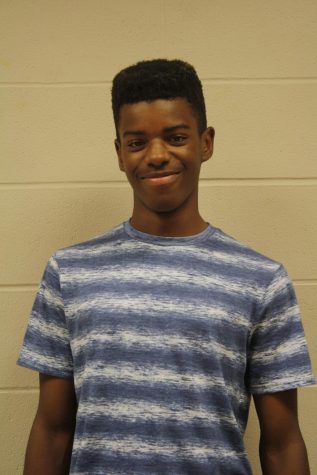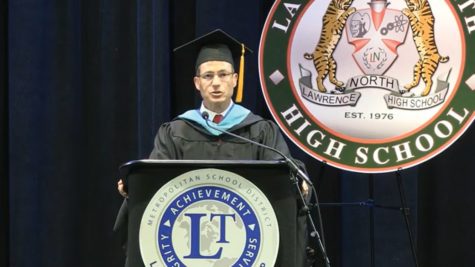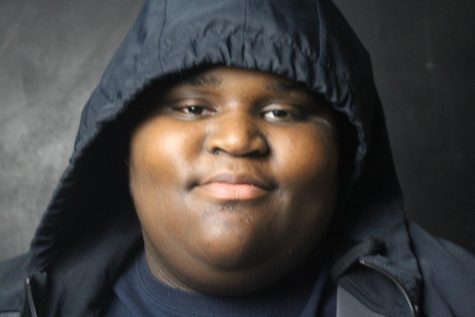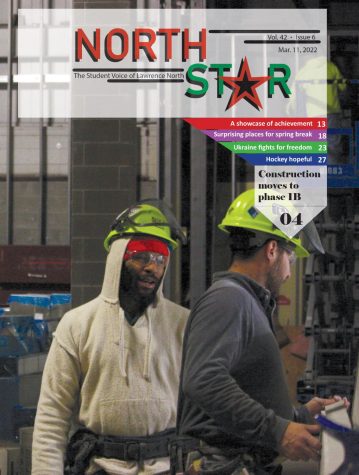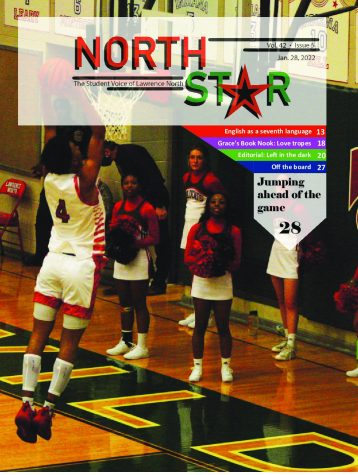Battle of the fields
The boys soccer team deciphers which surface material they believe is the best for success.
Sophomore JV soccer player Evan Brehm is recovering from a stress fracture in his foot which he sustained on a natural grass surface. This a result of the unpredictable part of a grass field in which the surface could be extremely uneven, and if you are unlucky enough, you could catch your foot in a rut and injure it.
Within the last few years, many schools have opted for synthetic grass, more commonly known as turf. Sports like football, lacrosse and field hockey have all almost completely adopted synthetic materials as it is easier to control the game with precision and consistency. Most sports are fond of this change, but with lowering prices on turf and other alternatives, the tension between turf surface and grass surface grows ever more important.
Soccer, a ball-on-ground dominant sport in small distance play, requires a consistent playing surface, turf is an exceptionally well-suited material to coat athletic fields with, but Brehm believes otherwise.
“The ball moves faster and it’s harder to track,” Brehm said.
Without the natural ruts and bumps, alongside with the fact that turf is scientifically shown to give less rolling resistance, or how easy it is for the ball to move and keep rolling. The speedy ball in turn quickens the game. Coach Kameron McBride believes that the speed of the ball is a good thing.
“The turf speeds up the game, and keeps it moving” McBride said.
The rapid transition from natural to synthetic surfaces in lower level amateur sports means that athletes are starting to play on turf younger and younger.
“The science in turf has improved so it’s not as dangerous as it used to be,” McBride said.
The early version of the material, named
Astroturf, Originally Chemgrass, Had its flaws, as missing technology concerning field plush and pile weren’t researched yet, therefore it was discouraged to let younger athletes participate on synthetic grass.Turf fields are praised for their extreme durability and performance during both severe weather, such as intense rain, snow or storms, and weather resistance, as it won’t be broken down by rain or heat, like grass is. Instead the turf will only fade ever so slightly that it is only noticed when up close.
“I think you don’t have to worry about the weather ruining the playing surface, for the erosion of the field either,” McBride said.
Fillers like sand, gravel and shredded car tires make up the base for modern artificial turf, and cushion the athletes from the coarse gravel or concrete that makes up the base layer of the field surface. This gives the turf a more natural, less manufactured feel.
“I believe that turf is a great surface to play on, until injuries get concerned, then it gets risky as to which one is better” Sophomore Varsity Player Everoll Royal-Dixon said.
As in the case with Brehm’s foot earlier, the location of injuries moves farther up the leg. Since the roughness variable is removed, being sure-footed puts a lot more stress on the knee joint.
“Getting hurt on turf is a gamble, there’s a higher risk that you can injure your knee which takes much, much longer to heal,” Royal-Dixon said. “So that being said, each has its own ups and downs to performance and it’s really a player’s preference.”




